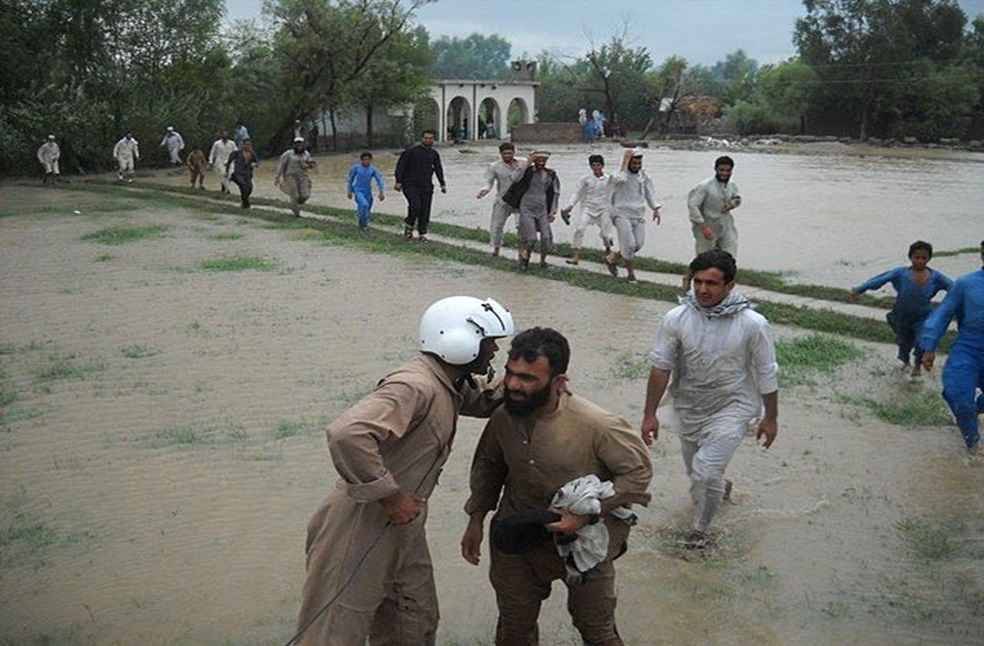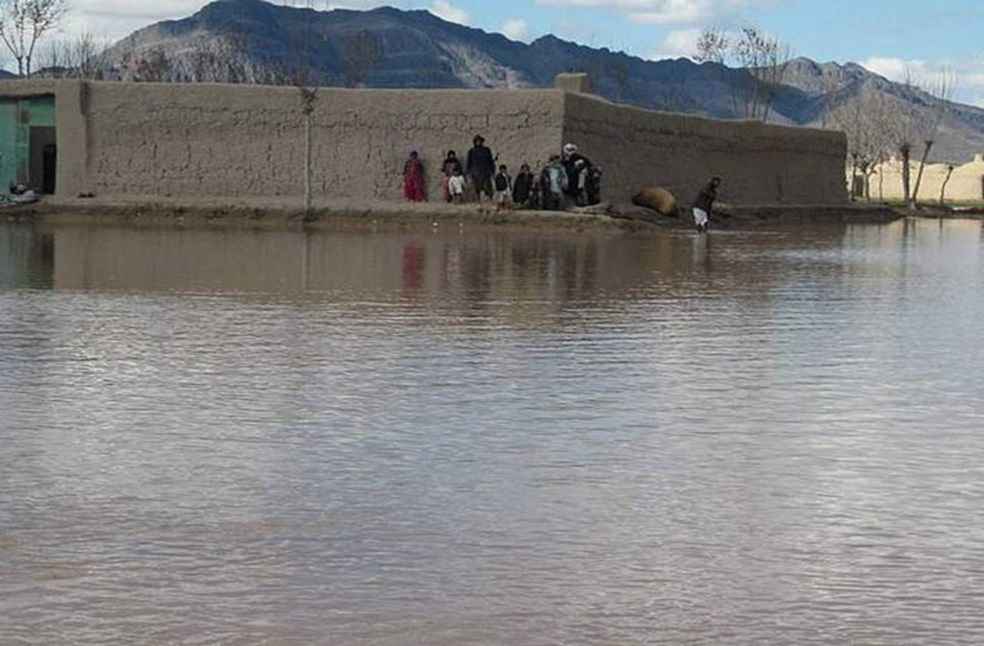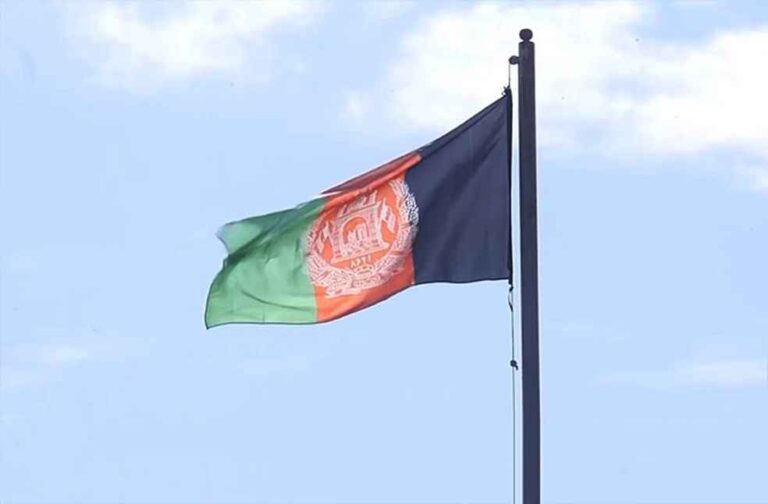Afghanistan: The Disaster Management Department of Afghanistan has said that heavy rains and flash floods killed at least 33 people in the past three days.
Janan Sayeq, a spokesperson for the department, revealed that “From Friday onwards, flash floods caused high human and financial losses. The preliminary information indicates that, unfortunately, 33 people lost their lives and 27 people were injured in the floods.”
The majority of casualties resulted from roof destructions, with around 600 houses damaged or destroyed. Additionally, approximately 200 livestock perished, around 370 miles of road were eradicated, and almost 1,975 acres of agricultural land flooded away, according to the spokesperson.

Twenty out of the 34 provinces of Afghanistan were hit by heavy rainfall, which came after an unusually dry winter season. This has led to parched terrain and forced farmers to delay planting. The regions that were most impacted by the heavy rains include Western Farah, Herat, southern Zabul, and Kandahar. The authorities warned that more rain is predicted in the coming days in most parts of the country.
Since the Taliban regained power in 2021, foreign aid to Afghanistan drastically diminished, which delayed relief comebacks to natural catastrophes. In February, heavy snowfall caused a landslide that claimed at least 25 lives in the east of the country. In March, about 60 people died due to three weeks of precipitation.

The United Nations cautioned that Afghanistan is encountering major swings in extreme weather circumstances. Scientists state that global warming is causing more extreme weather patterns. Afghanistan, which was destroyed by four decades of war, is classified among the countries that are least prepared to address climate change.



